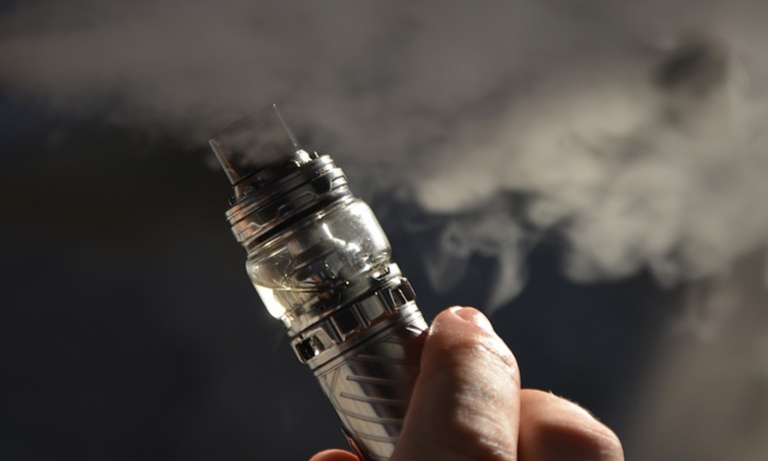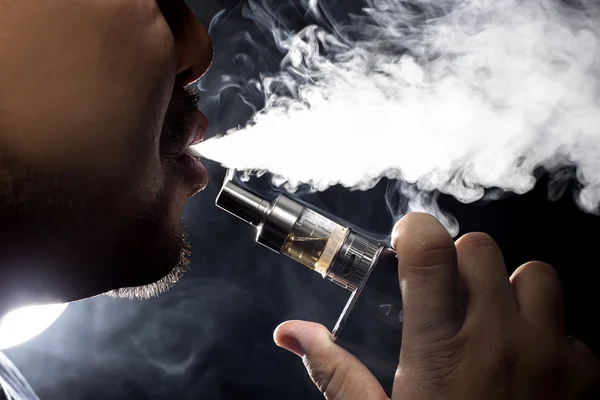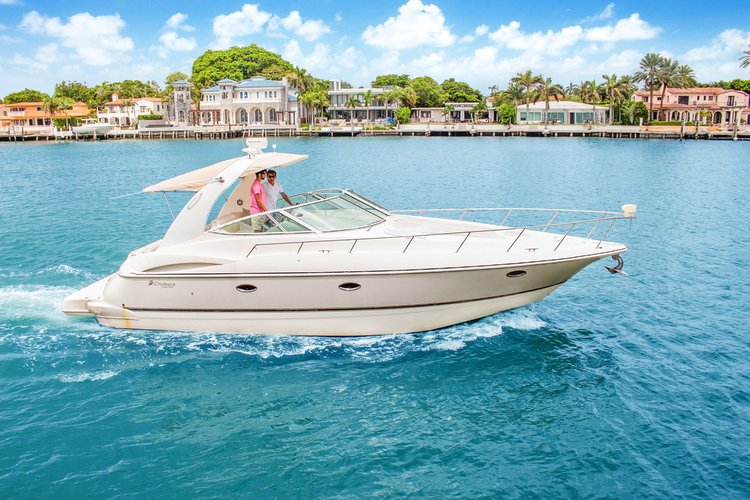Choosing the Right LED Lights for Your Boat
As LED lighting continues to grow in popularity and with many boat manufacturers now including them in place of the old incandescent lamps that were once standard equipment, many owners of older boats are finding themselves considering switching to LEDs as well. And why not? LEDs use less power, they’re small, they produce little heat, they last a very long time, and they won’t break filaments or shatter when subjected to rough conditions or handling like glass bulbs. In fact, LEDs almost seem as if they were created with the boating industry in mind, so what could be simpler than switching to LEDs?
Despite all their benefits, many boaters considering installing them onboard their vessels still find themselves with a lot of questions. Perhaps they tried some bargain LED fixtures, and found that they lasted little more than a month before they stopped working. Maybe they are confused by all the choices now available and find that because LEDs produce light differently than the trusty incandescent, choosing the right kind of LED for their boat is difficult. Whatever the case may be, these are legitimate issues that a boater is right to consider before making the switch to LEDs. Fortunately, boaters are in luck as understanding the how’s and whys of choosing LEDs continues to get easier as LED manufacturers continue to rapidly advance and improve their offerings.
One of the big problems many boaters have encountered with LEDs is that although LEDs do indeed last much longer than incandescent lamps, they have found that LEDs installed on their vessels lasted little more than a month before ceasing to operate. Confused and disappointed, these boaters go back to the incandescent bulbs used previously and assume LEDs solar power system manufacturer just aren’t their cup of tea. This is unfortunate, because this is an easily addressed problem that can be solved with little more than some attention to the type of LED fixtures they install. Most boaters who find LEDs did not last nearly as long as advertised when installed on their boat, made the mistake of assuming the only important aspect of LED boat lighting is the LED itself. However, in order for LEDs to not only operate properly when installed on watercraft, but reach their actual operational life as well, it’s necessary to consider LEDs as part of a lighting system rather than as just another light bulb.
The electrical systems on boats are self contained affairs that when broken down to their simplest configurations, include a power generating source, a power storage device, and power distribution systems. The whole system is independent of outside power sources, and usually not designed to provide a high degree of precise power delivery. While boat electrical systems are generally safe and reliable, they do tend to have current levels that can fluctuate a great deal, with short voltage spikes and varying current levels actually being quite common. For most types of electrical equipment such as light bulbs or electric motors, these variations are not severe enough to cause any notable issues. With sensitive electronics like radar, computers, or similar equipment that relies on smooth power delivery for proper operation however, these variations can have serious consequences.
As you might by now guess, LEDs are sensitive to fluctuations in electrical current delivery. While they are indeed rugged and powerful, they require precise voltages, and when the voltage delivered to them exceeds their maximum tolerances, they can abruptly fail or ‘burn out”. Combine this with the less than precise voltage control of a boat’s electrical system, and it is obvious that problems can arise. Most electronic devices destined for marine applications onboard vessels are designed to withstand the fluctuations in voltages that occur with use on a boat. Solid state electronics with special controls are added to these devices which manage the flow of current the device uses, in essence regulating the current and keep it to a consistent level. This is true with many voltage sensitive boat systems, and as you can imagine, applies to LEDs as well.
Most boaters who install LEDs onboard their vessel and find they last for a very short period of time made the mistake of assuming that all LED lights are the same, and so purchased the cheapest LEDs they could that looked as if they would install easily. However, these LEDs were not intended for marine applications, and thus lack the electronics needed to manage voltage levels fed to the LEDs themselves. With LEDs, these electronic regulating systems are known as Drivers, and they perform a host of functions depending upon the application the LED is destined to for. LED drivers can regulate current, allowing an LED light fixture to operate over a wide range of electrical voltages. Some LED marine lights can be simply wired directly into a boat’s electrical system regardless of whether that boat as a 12 volt, 24 volt, or even 36 Volt electrical system, because the included drivers automatically sense the current fed to the device and convert it to the proper levels for the LED. These drivers constantly monitor the voltages, and regardless of whether the voltage fed into the device spikes to high levels or drops too low, they maintain the actual voltages fed to the LED at a constant level.
Many LED drivers used in fixtures destined for marine use can also serve to add other functions to the fixture. Drivers can be programmed from the factory to allow the user to connect external dimmer switches, which allows the user to dim or brighten the LEDs much the same as they would an incandescent bulb. These drivers can also be configured to allow external controllers to be connected to the light, allowing operators to cause the light to flash or strobe like a signal light. Although these electronic drivers do add to the cost of an LED marine fixture, they added benefits in features and long LED life do much to offset the added cost.







+ There are no comments
Add yours